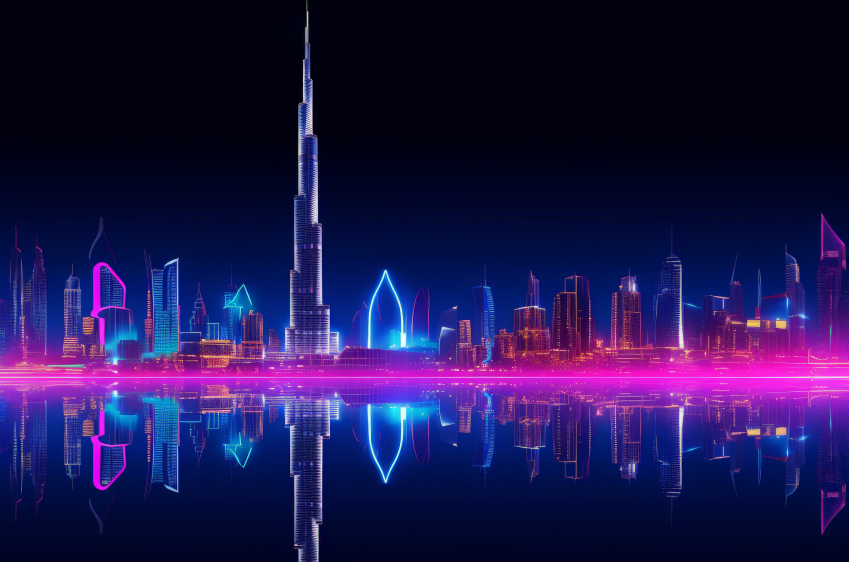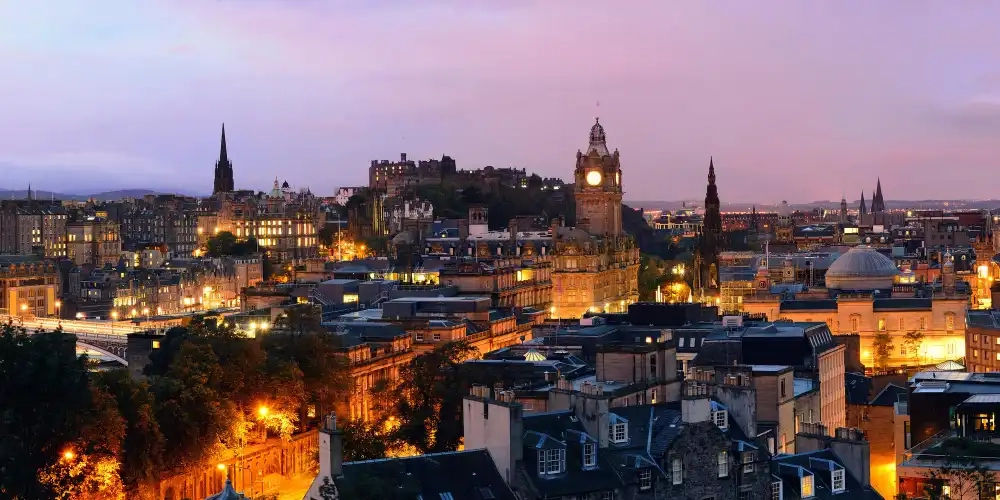Market Share
- Android: Dominates the market share in Asia, Africa, and South America.
- iOS: Generally more popular in North America, Western Europe, and Australia.
User Demographics
- Android Users: There are more Android users globally, making it the larger market. Android users vary widely in income and usage patterns.
- iOS Users: Tend to spend more on apps and in-app purchases. They often prefer premium apps and are typically found in higher-income demographics.
Development Environment
- Android: Developed using Java or Kotlin in Android Studio, Google’s official IDE. Android development can be more complex due to the wide variety of devices and screen sizes.
- iOS: Developed using Swift or Objective-C in Xcode, Apple’s official IDE. The development process is generally considered smooth and well-documented.
Design Guidelines
- Android: Follows Google’s Material Design, which allows for more flexibility and customization. This can lead to more varied app designs.
- iOS: Follows Apple’s Human Interface Guidelines, which emphasize a clean and consistent design. Apps often have a uniform look and feel.
App Store Approval
- Android: Google Play Store has a less stringent review process. Apps are usually approved within a few hours, allowing for quicker updates and releases.
- iOS: Apple’s App Store has a strict review process. Apps are thoroughly checked for quality, performance, and adherence to guidelines. This process can take several days.
Revenue Potential
- Android: While the average revenue per user might be lower, the larger user base can lead to significant overall earnings, especially through ad-supported models.
- iOS: Generally, iOS apps generate higher revenue, especially for apps that rely on in-app purchases and subscriptions.
Customization and Flexibility
- Android: Allows more customization and flexibility, giving developers more freedom to innovate but potentially leading to more fragmentation and compatibility issues.
- iOS: Offers a more controlled environment, which can lead to better security and stability but less customization for developers.
Maintenance and Updates
- Android: The vast number of devices and OS versions can make maintenance more challenging and time-consuming.
- iOS: With fewer device models and a more unified operating system, maintaining and updating iOS apps can be simpler.
Conclusion
Choosing to build for iOS or Android hinges on what your project requires, how much you’re willing to spend, and who you’re aiming to attract. iOS might be the best choice for those looking to earn more from each user and streamline the creation process. On the other hand, Android might suit better for those seeking greater flexibility in design and a broader user base. To enhance your app’s visibility and accessibility on various platforms, developing for both is frequently the most effective strategy.
Understanding these differences can assist you in making a knowledgeable decision that aligns with your goals and the resources you have. Enjoy developing applications!
Thank you for reading our blog.




%20(1)%201.webp?updatedAt=1725274383969)









[…] you for reading our blog and if you want to read about Mobile App Development: iOS vs. Android then read this […]
[…] you for reading our blog and if you want to read about Mobile App Development: iOS vs. Android then read this […]